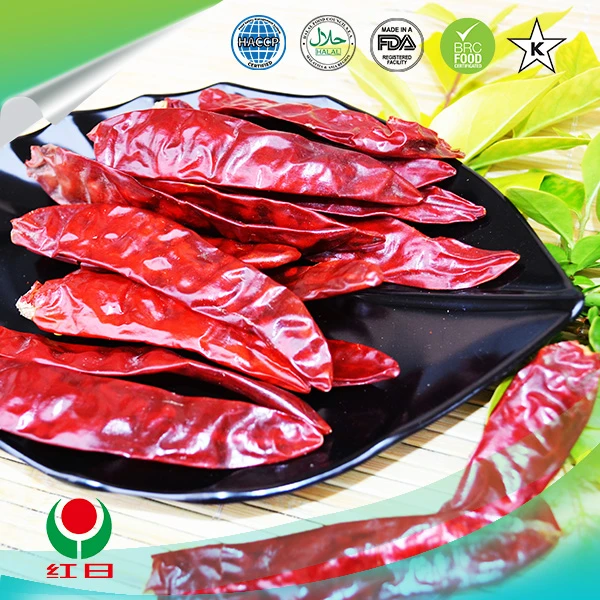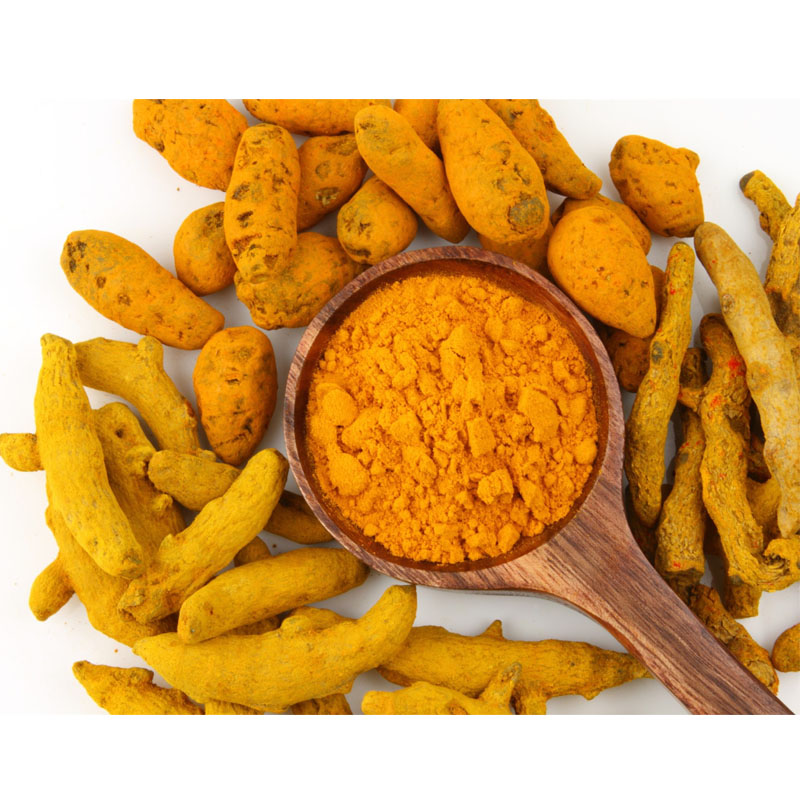- No. 268 Xianghe Street, Economic Development Zone of Xingtai city, Hebei 054001 China
- Byron@hbhongri.cn
Jan . 20, 2025 00:39
Back to list
cayenne pepper and paprika
Navigating the Spicy Spectrum Cayenne Pepper vs. Paprika
Paprika's subtlety makes it an ideal ingredient for adding depth and color without overpowering the dish's other components. This quality makes it a favorite in European cuisines, prominently featured in Hungarian dishes such as goulash as well as Spanish tapas and paella. Its vibrant red color also makes it a popular garnish for deviled eggs and potato salads, enhancing visual appeal. From a health perspective, paprika contains antioxidants such as vitamin A, carotenoids, and beta-carotene. These compounds are associated with benefits like improved vision, healthy skin, and reduced inflammation, albeit at levels that require regular consumption for noticeable health advantages. To maximize paprika's flavor profile, it is essential to understand the differences in its varieties. Sweet paprika complements lighter dishes such as roasted vegetables and egg dishes, while smoked paprika adds a robust flavor ideal for grilling and barbecue recipes. Meanwhile, hot paprika offers a mild heat that pairs well with heavier meats and stews. Comparative Insight and Culinary Harmony Utilizing cayenne pepper and paprika in tandem can yield complexities that cater to a range of palates. One effective strategy is to start with paprika as the base spice for foundational flavor and color, followed by a measured addition of cayenne pepper to introduce heat gradually. This dual approach allows for greater control over both flavor intensity and spice level. Moreover, individuals with specific dietary preferences or health considerations can tailor their spice use. Paprika’s milder nature makes it suitable for sensitive stomachs or those averse to spiciness, while cayenne’s health benefits can be particularly beneficial for individuals looking to boost metabolism. When purchasing both spices, sourcing from reputable suppliers ensures quality and freshness, both critical to maximizing flavor potential. Stored properly in cool, dark environments, these spices can maintain their quality for six months to a year, enabling prolonged use in varied culinary applications. Whether it’s the intense heat of cayenne pepper or the milder undertones of paprika, both spices play essential roles in culinary arts. By mastering their individual characteristics and learning to blend them strategically, one can create dishes that not only tantalize the senses but also contribute to a balanced, health-conscious diet. As part of a diverse spice arsenal, cayenne and paprika empower cooks to transcend traditional boundaries and venture into innovative gastronomic territories.


Paprika's subtlety makes it an ideal ingredient for adding depth and color without overpowering the dish's other components. This quality makes it a favorite in European cuisines, prominently featured in Hungarian dishes such as goulash as well as Spanish tapas and paella. Its vibrant red color also makes it a popular garnish for deviled eggs and potato salads, enhancing visual appeal. From a health perspective, paprika contains antioxidants such as vitamin A, carotenoids, and beta-carotene. These compounds are associated with benefits like improved vision, healthy skin, and reduced inflammation, albeit at levels that require regular consumption for noticeable health advantages. To maximize paprika's flavor profile, it is essential to understand the differences in its varieties. Sweet paprika complements lighter dishes such as roasted vegetables and egg dishes, while smoked paprika adds a robust flavor ideal for grilling and barbecue recipes. Meanwhile, hot paprika offers a mild heat that pairs well with heavier meats and stews. Comparative Insight and Culinary Harmony Utilizing cayenne pepper and paprika in tandem can yield complexities that cater to a range of palates. One effective strategy is to start with paprika as the base spice for foundational flavor and color, followed by a measured addition of cayenne pepper to introduce heat gradually. This dual approach allows for greater control over both flavor intensity and spice level. Moreover, individuals with specific dietary preferences or health considerations can tailor their spice use. Paprika’s milder nature makes it suitable for sensitive stomachs or those averse to spiciness, while cayenne’s health benefits can be particularly beneficial for individuals looking to boost metabolism. When purchasing both spices, sourcing from reputable suppliers ensures quality and freshness, both critical to maximizing flavor potential. Stored properly in cool, dark environments, these spices can maintain their quality for six months to a year, enabling prolonged use in varied culinary applications. Whether it’s the intense heat of cayenne pepper or the milder undertones of paprika, both spices play essential roles in culinary arts. By mastering their individual characteristics and learning to blend them strategically, one can create dishes that not only tantalize the senses but also contribute to a balanced, health-conscious diet. As part of a diverse spice arsenal, cayenne and paprika empower cooks to transcend traditional boundaries and venture into innovative gastronomic territories.
Next:







